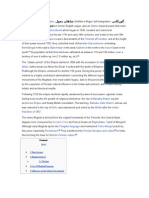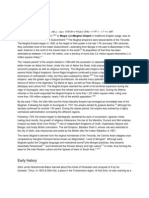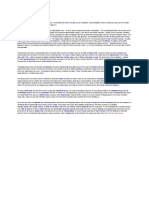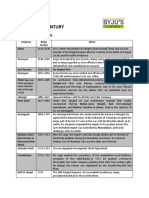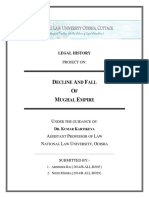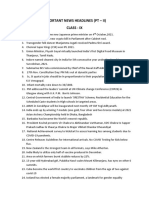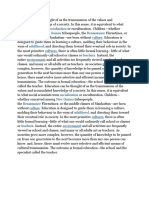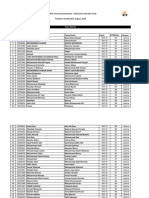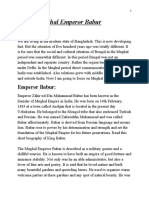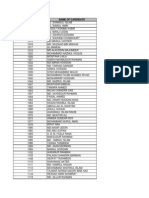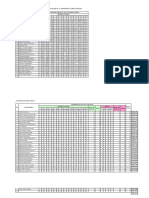0% found this document useful (0 votes)
139 views2 pagesHouse of Babur: Mughal Empire Mughal Emperors
The House of Babur was the imperial ruling family of the Mughal Empire from 1526 to 1857. The Mughals originated from Central Asia and were descended from both Timur and Genghis Khan. They ruled most of northern India and Pakistan as the Mughal Empire for over 300 years until the British deposed the last Mughal emperor, Bahadur Shah II, in 1857 and established direct British rule over India.
Uploaded by
Saiby khan KhanCopyright
© © All Rights Reserved
We take content rights seriously. If you suspect this is your content, claim it here.
Available Formats
Download as DOCX, PDF, TXT or read online on Scribd
0% found this document useful (0 votes)
139 views2 pagesHouse of Babur: Mughal Empire Mughal Emperors
The House of Babur was the imperial ruling family of the Mughal Empire from 1526 to 1857. The Mughals originated from Central Asia and were descended from both Timur and Genghis Khan. They ruled most of northern India and Pakistan as the Mughal Empire for over 300 years until the British deposed the last Mughal emperor, Bahadur Shah II, in 1857 and established direct British rule over India.
Uploaded by
Saiby khan KhanCopyright
© © All Rights Reserved
We take content rights seriously. If you suspect this is your content, claim it here.
Available Formats
Download as DOCX, PDF, TXT or read online on Scribd
/ 2







